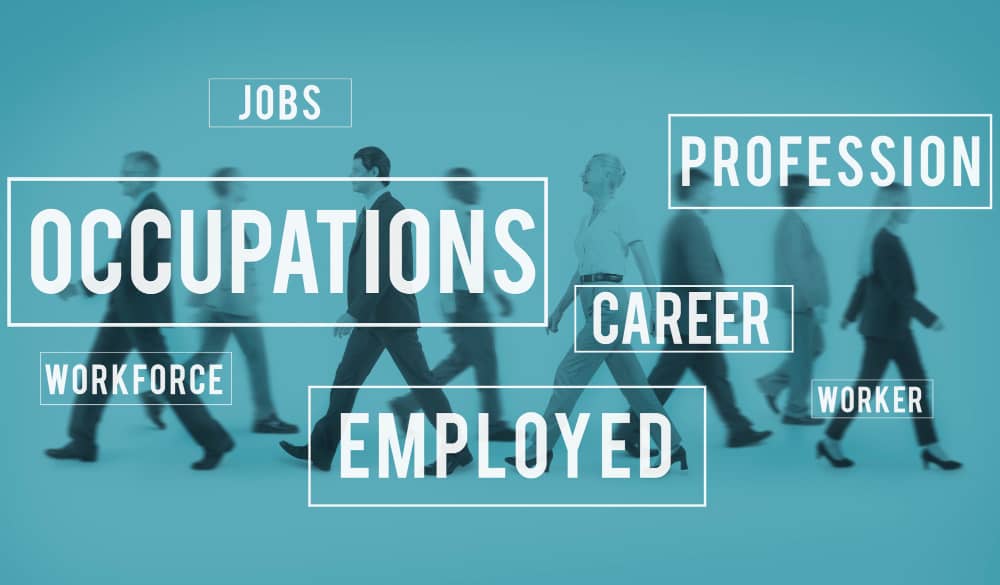The hiring journey is the procedure for locating, assessing, and choosing candidates for certain positions. The process involves several steps and exchanges between the company and the candidates.
For employers to get the best talent, they must also give excellent candidate experience during the hiring journey. This can be done by effectively communicating with the candidates, timely feedback, and a well-structured recruitment process. The hiring journey should be personalized and candidate-centric. This ensures a positive candidate experience and builds a strong employer brand and reputation.
Facts to know about the Hiring Journey.
- The hiring journey consists of various stages: awareness, consideration, interest, application, selection, and hiring.
- Nearly 4 in 5 candidates (78%) say that the overall candidate experience they receive indicates how a company values its people.
- Optimizing the hiring journey can help employers attract top talent, improve candidate engagement, and make better hiring decisions.
- Investing in a recruiting system that allows you to provide feedback to candidates and update them frequently is a simple way of improving the candidate experience.
- Only 46% of employers report making regular improvements to the recruitment processes that affect the candidate experience
What are the seven stages of hiring?
The hiring journey is a step-by-step process for hiring a new employee, whereby an organization identifies its talent needs, recruits from its talent pool, and eventually hires the most qualified candidates. While the specific details of the hiring journey are unique to each company, there are generally seven stages of hiring that are common across industries and regardless of company size. Here are the seven stages of hiring:
- Identify the hiring need: The hiring journey begins by identifying a need within an organization. The first step in the hiring journey is identifying an organization’s needs. This need could be anything from expanding the scope of organizational activities to better managing the workload of a team or filling an open job. Identifying the hiring need involves determining the number of staff the organization needs. This can be done by looking for any performance or skills gaps or a sudden rise in workload that slows down the business.
- Develop a recruitment plan: Developing a solid recruitment plan is the next step in the hiring journey. This includes identifying the recruitment channels to attract the targeted top talent, such as social media. A clear, precise marketing strategy is key in attracting top talent, including selecting the appropriate recruitment tools before commencing the hiring journey.
- 3. Write a job description: An essential document that explains the obligations and demands of a job position is the job description. It serves as an overview of the psychological, social, physical, and cognitive criteria to perform the job expectations successfully. The document should not include every detail of how and what work is performed so that it remains useful even when minor changes occur.
- Source candidates: The next step is to source candidates. This includes identifying the recruitment sources/methods that are most effective, such as social media and employee referrals. Applying relevant technology, kickstarting advertising campaigns, and showcasing defined aspects of the organization’s brand to win over the best talent. This will include posting the job to specific advertising sites or publishing relevant marketing material such as career websites.
- Screen resumes and applications: After sourcing candidates, the next step is to screen resumes and applications. This involves reviewing candidate’s resumes and applications to determine if they align with the requirements outlined in the job description.
- Conduct interviews: The sixth step is to conduct interviews. This involves carrying out phone/ video and in-person interviews to determine if the candidate is a good fit for the position.
- Select the best candidate: After conducting interviews, you must select the best candidate. This involves assessing the candidate’s skills, experience, and qualifications to determine if they are the best fit for the job position against other candidates.
Related: 7 steps in the recruitment process
How to improve the hiring journey.
Here are some tips to improve the hiring journey:
- Enhance your employer branding strategy: Providing opportunities for career growth can strengthen a positive employer brand and help attract and retain top talent. Sharing the organization’s work culture and vision helps influence and attract top talent.
- Optimize the application process: It is important to fine-tune it until it’s smooth and seamless to avoid losing out on qualified candidates because they’re frustrated by your job application process.
- Using an Applicant Tracking System (ATS): An ATS helps streamline recruitment by automating tasks such as resume screening and interview scheduling.
- Measure the effectiveness of the hiring journey: Tracking the results of the hiring journey is important in determining whether the approaches used are effective in finding and selecting good candidates. Measuring the effectiveness of the hiring journey is essential for growth and improvement.
- Create a personalized and candidate-centric approach: A personalized and candidate-centric approach attracts and retains high-quality talent. This includes improving the talent attainment process with technology, reputation management, and accurate job descriptions.
- Use skills assessments to evaluate candidates’ abilities: Employers should rely on skills assessments to evaluate candidates’ abilities rather than resumes. This can help decide the best candidate to employ and predict their performance on the job.
- Create a diverse and inclusive hiring journey: Creating a diverse and inclusive hiring process helps attract a diverse and talented applicant pool. This includes avoiding bias in the hiring journey and providing a positive candidate experience.
- Communicate with candidates: Employers should communicate with candidates throughout the hiring journey to provide a positive candidate experience and build a strong employer brand and reputation. A common error that can deter qualified candidates is usually a lack of communication with candidates.
Conclusion.
The hiring journey is a critical process that involves identifying, attracting, screening, shortlisting, interviewing, selecting, hiring, and onboarding employees. An organization can identify the ideal candidate for the position quickly and effectively with a successful recruitment procedure. Each process step should be intentional, with a clear purpose, timeline, and outcome.
- Hiring Journey: Everything you need to know - September 28, 2023



